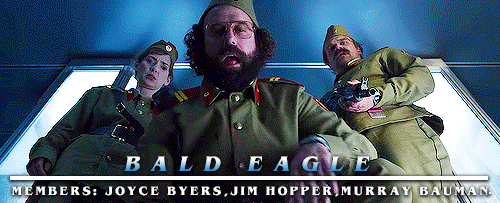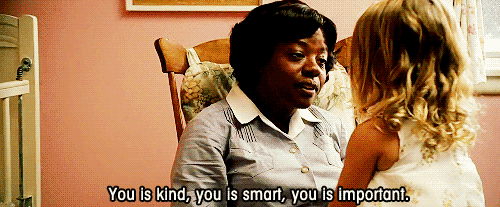The holiday rush is nearly over, but in the midst of
all of the season’s hustle and bustle it can be all too easy to lose sight of
just what it is that we’re celebrating. With all of the time spent preparing
for the holidays we often miss out on the very thing that we should be
celebrating; time with those closest to us. This year, take a break with your
nearest and dearest for a crash course in the true meaning of the holidays
courtesy of three holiday specials that are sure to entertain and enlighten the
whole family.
 |
| Keep tissues handy for this one... |
Hey
Arnold-Arnold’s Christmas: This Nickelodeon series ran for
five seasons but only featured one holiday episode. Thankfully, what this
single episode lacks in quantity it more than makes up for in quality.
Recalling holiday classics while relating a refreshingly unique and entirely
heartwarming tale 1996’s “Arnold’s Christmas” is ideal holiday viewing for the
young and young at heart. The episode cleverly juxtaposes idealist Arnold’s and
bully Helga’s very different attempts to create the perfect Christmas.
Unsurprisingly, materialistic Helga, who describes Christmas as an excuse to
‘shop like a barbarian’ and ‘get yours before the other guy gets his’ is
fixated upon obtaining this year’s must have gift, a pair of Nancy Spumoni snow
boots. Meanwhile, Arnold struggles to think of a gift to give neighbor Mr.
Hyunh for the boarding house’s annual Secret Santa. While trying to coax ideas
out of Mr. Hyunh, Arnold is shocked to learn that what his neighbor wants most
is to be reunited with the daughter he sent to America in an effort to protect
her during the fall of Saigon. After learning Mr. Hyunh’s wrenching backstory
Arnold becomes determined to make a Christmas miracle come true and reunite Mr.
Hyunh with his now grown daughter, Mai. Through a series of misadventures
Arnold and Helga’s holidays intersect just in time to ensure that the Hyunh’s
receive the ultimate gift. Through its equal parts mature and original approach
“Arnold’s Christmas” stands apart from the myriad of derivative and surgery
specials that are aired each holiday season. Although the episode reaches a
happy conclusion it refuses to shy away from such harsh realities as war and
loss and even takes pause to reflect upon the ways in which the holidays can be
painful and lonely for many. In this way, the episode shows the true range of
Christmas experiences along with the expected true meaning of Christmas. Even
the episode’s depiction of the requisite humbugs contains nuance as Helga and
private investigator Mr. Bailey are shown to be not villains but instead
average people who find themselves caught up in the consumerism and stress of
the season. Helga’s redemption at the end of the episode proves almost as
rewarding as the Hyunh’s reunion as she learns that the most cherished gifts
are those that don’t come in boxes and it is truly better to give than receive,
even when it means giving without trying to receive any credit for it. For
viewing that is guaranteed to warm your heart no matter how cold the winter
winds blow tune in to Hey Arnold’s “Arnold’s
Christmas”.
 |
| Please tell me these decorators are available for hire... |
A
Charlie Brown Christmas: The holiday season hasn't really started until this 1965 classic has aired. In the nearly fifty-five years since it first premiered this deceptively simple tale of lovable loser Charlie Brown and his unusual choice of a Christmas tree has worked its magic on several generations. The story follows the Peanuts gang as they eagerly prepare for Christmas. While his friends focus upon finding the most expensive presents and elaborate decorations Charlie Brown finds himself unable to muster much enthusiasm for what he sees as the commercialization of Christmas. When Lucy offers to let him direct their class' Christmas pageant he's thrilled at the opportunity and sets about creating an authentic nativity play. Unfortunately, his friends have other plans and he soon finds his 'by the book' production peppered with everything from pop culture references to randomly placed musical interludes that have nothing to do with the nativity. At the urging of his friends he reluctantly hands over his directorial duties to Lucy and resigns himself to his limited role of picking the pageant tree. Much to the rest of the gang's disappointment he passes over the elaborate aluminum trees and instead picks the smallest and least impressive tree that he can find. When he returns with his tree his friends laugh at the supposed failure. Frustrated, he demands to know if any of them knows or cares about the true meaning of Christmas, to which Linus famously replies by quoting the story of the nativity from the Gospel of Luke. The story functions as a series of character studies rather than an action packed plot of the sort that today's viewers are accustomed to. The animation was considered crude even upon the special's release in the early days of color television. The score seems more at home in a jazz club than in a holiday special. Even the amateur voice performances made up of a cast of untrained child actors seem out of place among today's polished and edited productions. So what then is it about this holiday special, which even its creators were certain would be a sure flop, that makes it so special? The answer is that the very quality which executives were certain would guarantee the special's failure, its unpretentious unassuming simplicity, is the very thing that continues to endear it to viewers and critics alike. Through its refusal to rely upon glossy production values, elaborate plots, or holiday tropes the special personifies its own message to embrace the true meaning of Christmas. In this way the special aptly reminds us to see flash of the mass marketing sensation that Christmas has become and take a closer look at just what it is that we're celebrating. While its focus upon the holiday's religious aspects tempted controversy even upon its 1965, release it is this emphasis that lends the film its emotional core as it hearkens back to the holy day's message of peace on earth and good will. Get your season started in classic fashion with the Peanuts gang in A Charlie Brown Christmas.







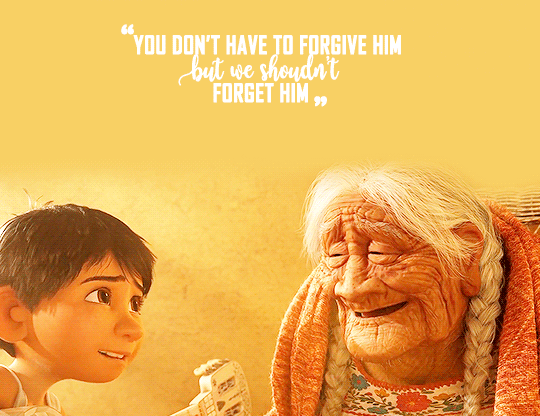




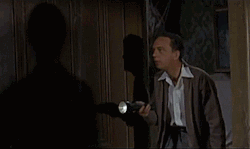


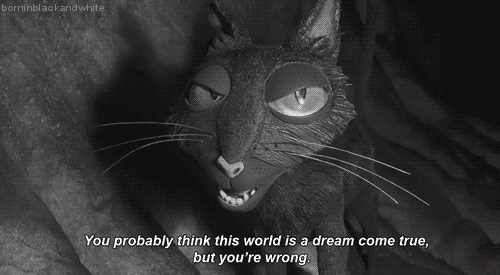





/cdn.vox-cdn.com/uploads/chorus_image/image/64695953/ST3_Production_Still_4.0.jpg)
